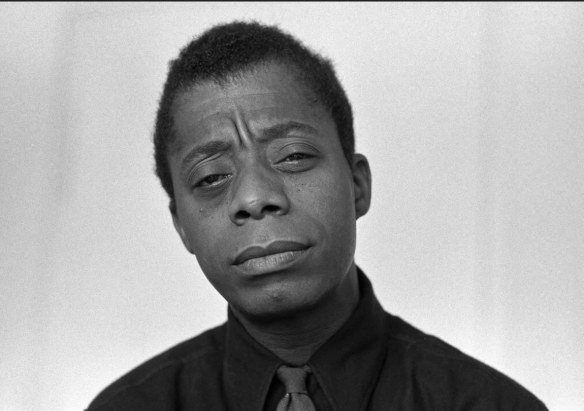They have been almost the only thing I’ve felt like listening to over the past week or two. My favorite recording is that of the Takács Quartet, who play them (as all the Beethoven quartets) with exquisite balance and such depth of concentration. Just now I have had on the second of the three, which I hear as being almost in two movements, since the Allegro and Molto Adagio are each such monumental conceptions. The third and galloping fourth movements by contrast – which typically take a little less time to play combined than either of the first two alone – feel somewhat like a prolonged coda, an unwinding from the extraordinary intensity of those first 25 minutes or so.
That Allegro has one of the most mysterious openings of any of the quartets, with its dramatic opening chords followed by startling silence, and then the initial motif with its somehow always surprising repetition a half-step up (the Neapolitan degree, which is all over this piece). It is a movement which is full of surprises, in fact, and one which won’t release its grip on you until the final unexpected whisper of that same motif some dozen minutes later. It’s always hard to imagine what could follow, until … the chorale-like opening of the next breathes in a new world, vast as the starry night sky said to have given Beethoven the conception. Which can be found below, in a live performance by the Alban Berg Quartet (there is no YouTube link for the Takács recording, but information about their complete and, as it happens, multiple-award-winning set of Beethoven quartets dating from 2002-2005 can be found here).
The three Rasumovsky quartets date from those miraculous years of 1804-6, the core of Beethoven’s “middle” period, following on from the stupendous “Eroica,” and roughly contemporaneous with Symphonies 4-6, the Waldstein and Appassionata sonatas, the Violin Concerto, and Fidelio. Poorly understood in their day, Beethoven here was writing for the generations to come.







